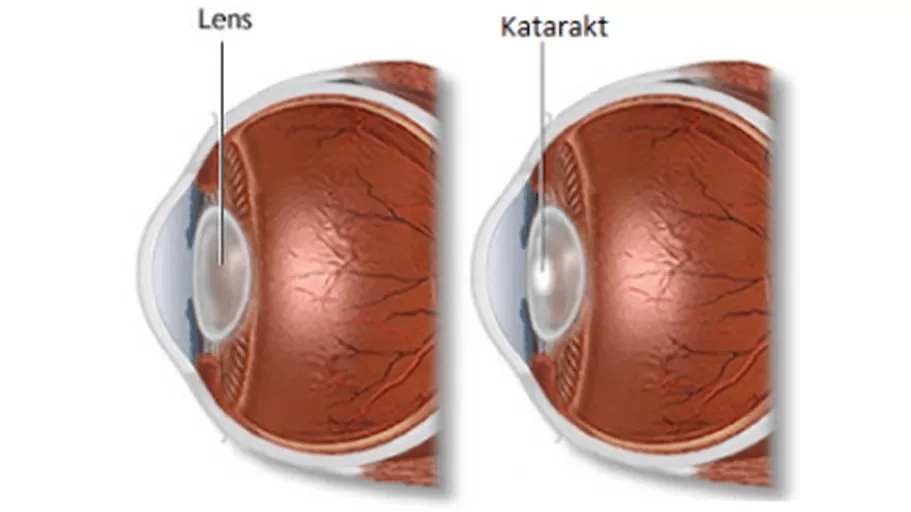EYE TREATMENTS
Smart Lens Surgery
Trifocal lenses, which are popularly called “Smart Lens”, have been used for suitable patients in cataract surgeries for a long time. Smart lenses are multifocal intraocular lenses that offer the opportunity to solve multiple focus problems, not a single focus problem. In this way, they can also be used in the treatment of patients with refractive errors whose eyes are not suitable for laser treatment. After the treatment, patients can do work that requires focus, both at a distance and at close range, on their own, without glasses.
How to Perform Smart Lens Operation?
Smart lens therapy is the process of placing a multifocal lens during surgery on patients with cataracts. Thanks to this procedure, the patient’s need for glasses after surgery is eliminated.
Even if they do not have cataract problems yet, vision problems for different distances can be eliminated by placing a smart lens with early cataract surgery in people over 40 years of age who do not want to use glasses and have far and near vision problems and are not suitable for laser treatment.
The method used in smart lens surgery is the phacoemulsification method. Each eye is subjected to a procedure that takes about 10 minutes on separate days. First, the eye is anesthetized with anesthetic eye drops. In this way, patients do not feel any pain and pain during the procedure. There is no general anaesthesia, stunning or hospitalization. In the operation, multifocal intraocular lenses are attached to the socket of the lens inside the eye. After the surgery, the eye is bandaged and the patients can go home. One night the eye is bandaged and the next day the bandage is taken from the eye. The patient starts seeing on the same day. The treatment is terminated by applying the same procedures to the other eye within a few days.
LASER EYE SURGERY (EYE DRAWING)
Laser eye surgery is performed to eliminate myopia, hyperopia, astigmatism and keratoconus problems in appropriate conditions. These treatments are also called eye drawing. These problems are among the health problems that complicate the daily life of individuals and can greatly reduce the opportunities of individuals to live on their own. These vision problems, which necessitate the use of contact lenses or glasses for healthy vision, reduce the comfort of life of people. In addition, the use of glasses to eliminate these problems can be an undesirable situation for many people.
In the past years, the use of glasses was considered a mandatory condition for people with a bad eye number. With the advent of contact lenses in the following years, this requirement has disappeared. However, there are various difficulties experienced by people due to the constant wearing and removal of contact lenses. These lenses may also have some non-advantageous situations against the use of glasses, as they make the eye prone to infection.
Thanks to the surgical laser eye surgery technologies, which have become safer day by day with the technological developments in the field of medicine in the last 20-25 years, patients have a permanent alternative for the removal of visual defects other than glasses or contact lenses.
iLASIK (Intralase LASIK)
The iLASIK method is performed using wavefront technology and intralase, that is, the bladeless method. Apart from the treatment of vision disorders such as myopia, astigmatism and hyperopia, this method is also used in the preparation of the appropriate canal for the rings used in the treatment of keratoconus and in the application of keratoplasty. The incision required for LASIK is made with the help of a computer system, with controlled femtosecond rays. With the wavefront technology used in the iLASIK method, it is possible to map the cornea of the patients. In this way, personalized treatment can be applied.
Laser treatments, which are used other than the correction of vision problems, are applied to eliminate eye dryness, glaucoma, retinal vascular problems. These are applications that are usually done in the practice environment and in the patient’s chair. They are not in the nature of surgery, but in the nature of outpatient treatment. The most common of these treatments are:
Cataract Disease and Treatment
Cataract; It is the loss of transparency of the natural lens (lens) of our eyes.
WHAT IS CATARACT? WHAT ARE THE SYMPTOMS?
Cataract is one of the visual disorders that occur due to aging. It is one of the most common eye diseases that cause vision loss in the world.
The human eye is one of the sensory organs most affected by the aging process. The sense of sight can be affected depending on age, as well as as a result of various environmental factors and other physical processes.
The adaptability of the natural intraocular lens, whose structure changes as it ages, decreases over time. New fiber layers form around the lens. At the end of this process, in which the lens nucleus undergoes physiological changes, various stains occur on the lens nucleus.
At the onset of cataract, stronger ambient lighting and glasses can contribute to the improvement of our vision. As the disease progresses over time, it severely affects daily activities. The permanent solution for treatment for the advanced state of the disease is the removal of the changed eye lens and the placement of a new artificial lens in its place. It is not possible to restore normal vision with any treatment other than cataract surgery.
The adaptability of the natural intraocular lens, whose structure changes as it ages, decreases over time. New fiber layers form around the lens. At the end of this process, in which the lens nucleus undergoes physiological changes, various stains occur on the lens nucleus.
At the onset of cataract, stronger ambient lighting and glasses can contribute to the improvement of our vision. As the disease progresses over time, it severely affects daily activities. The permanent solution for treatment for the advanced state of the disease is the removal of the changed eye lens and the placement of a new artificial lens in its place. It is not possible to restore normal vision with any treatment other than cataract surgery.
Glaucoma (Eye Pressure)
When the intraocular pressure rises, the optic nerve, vessels and nutrition remain under pressure and the optic nerve is damaged.





